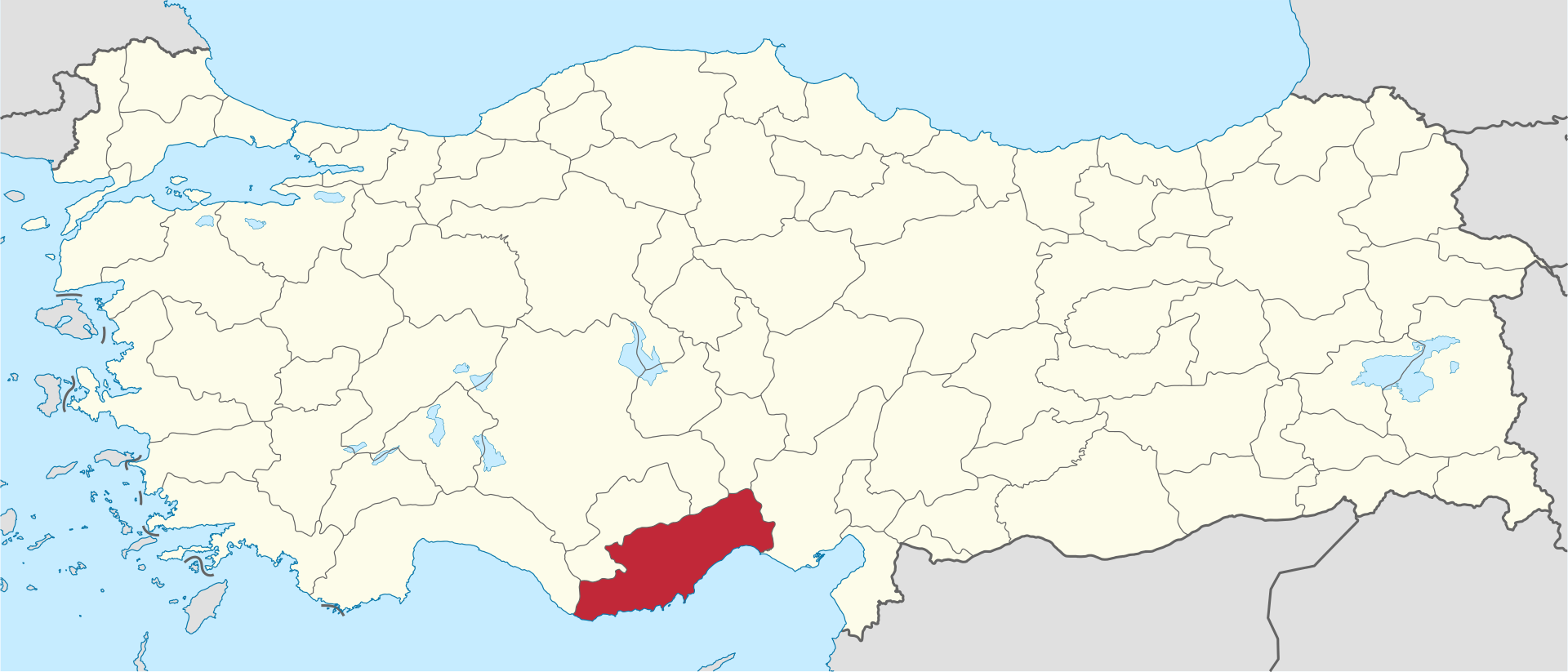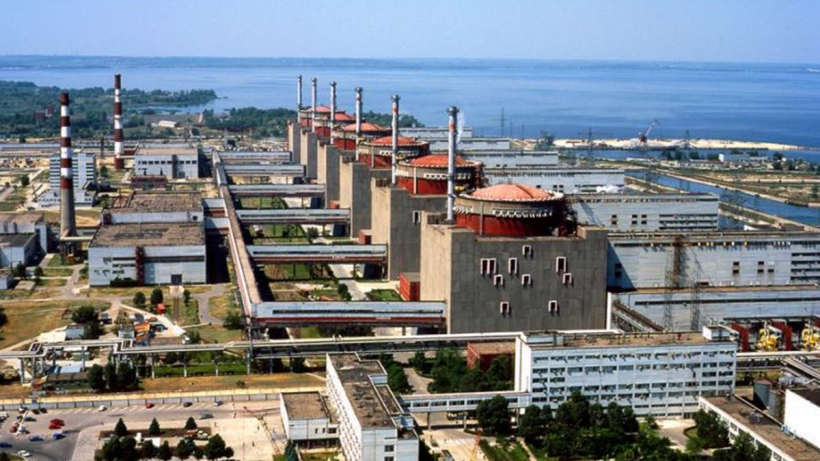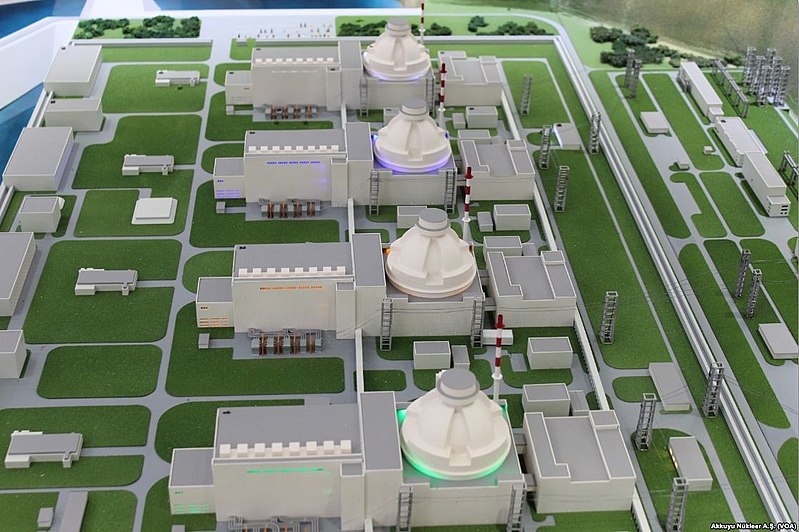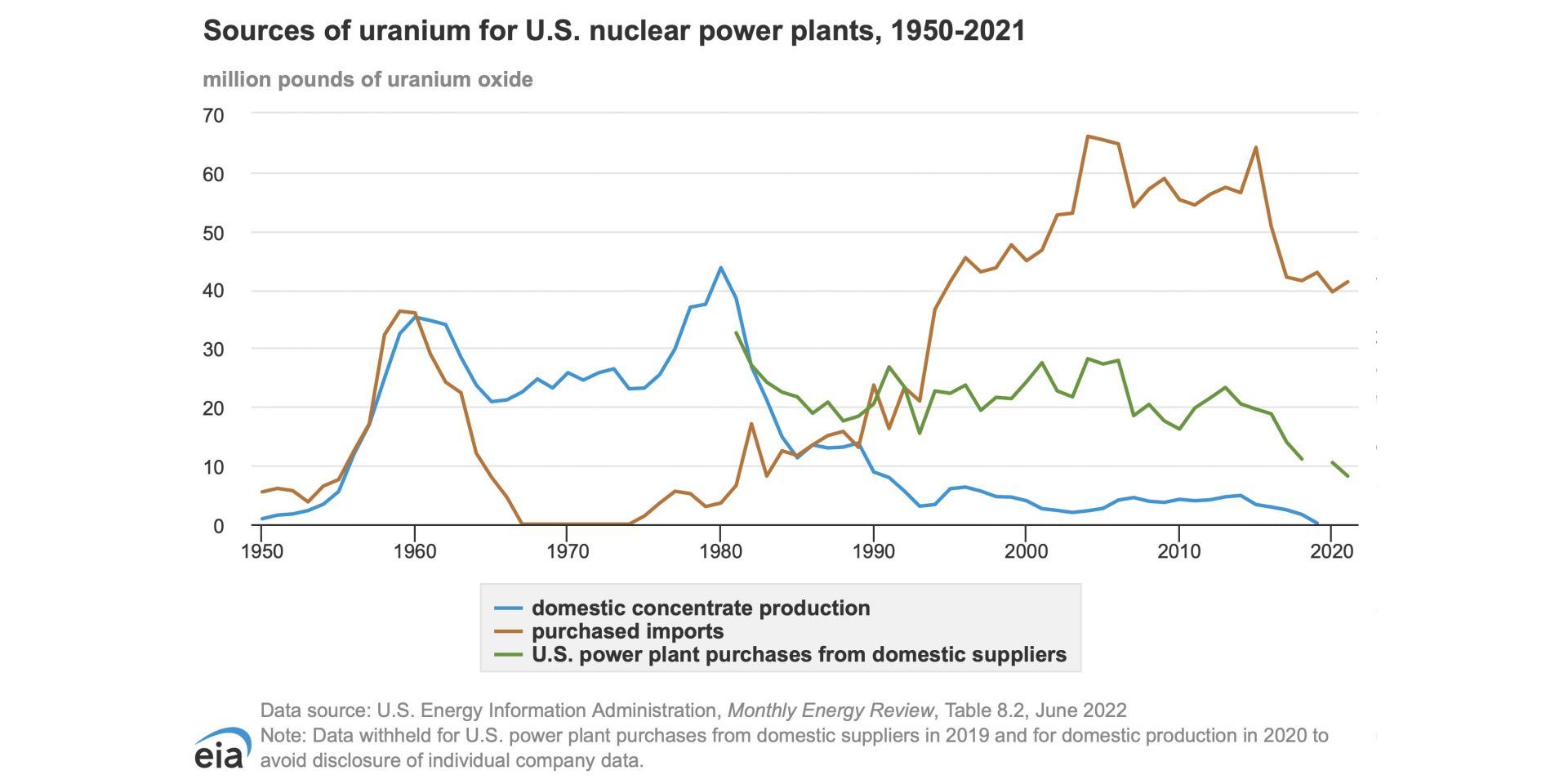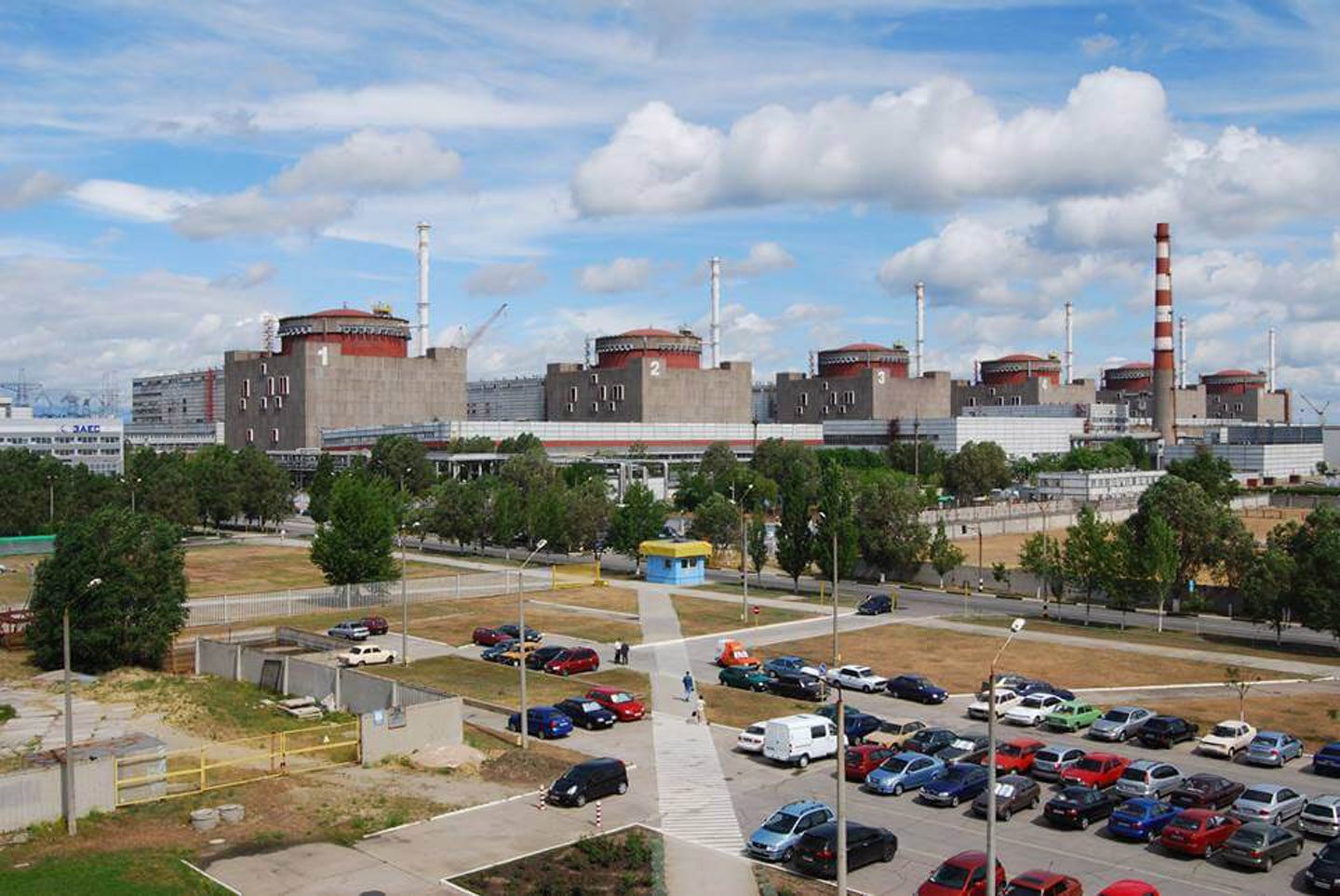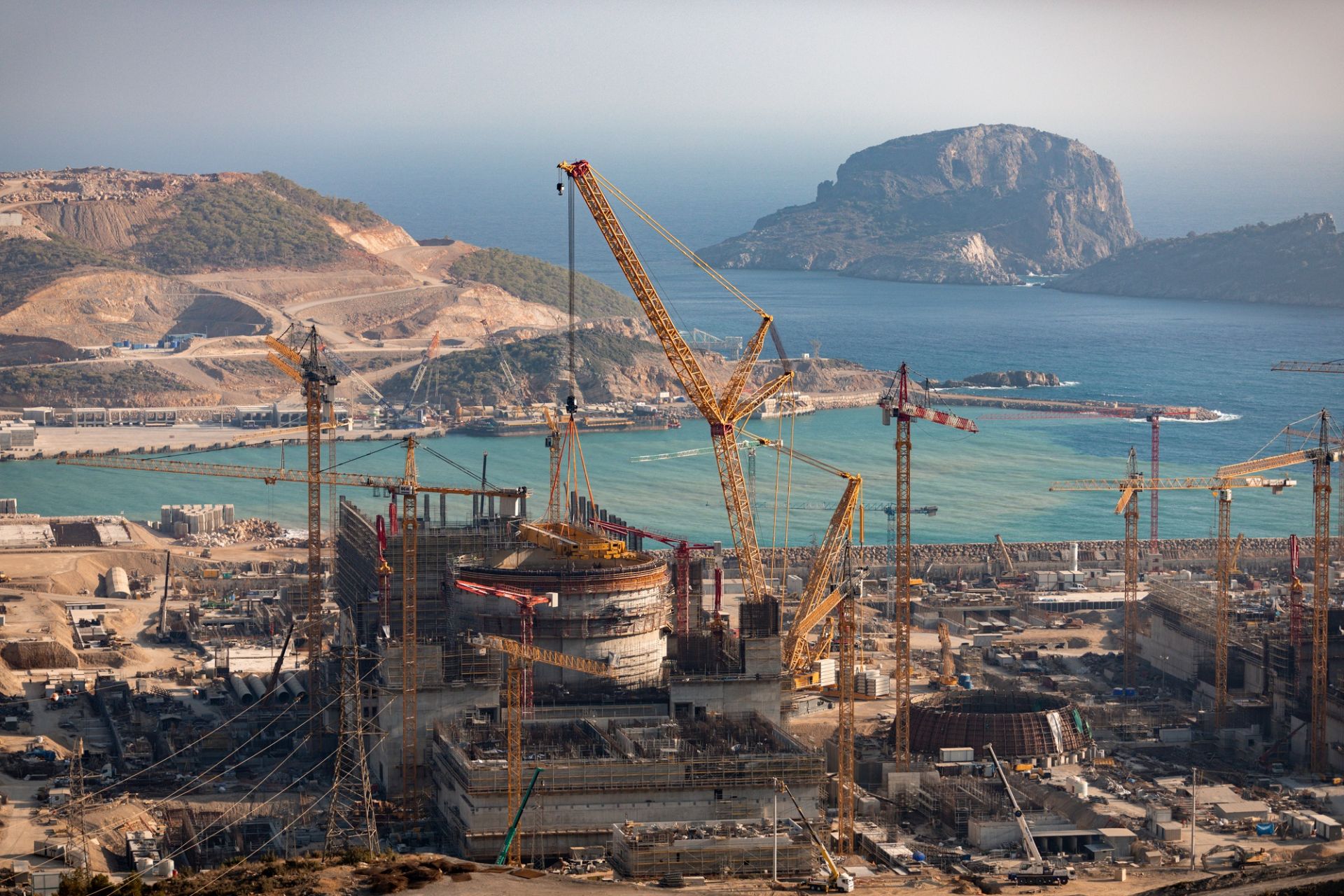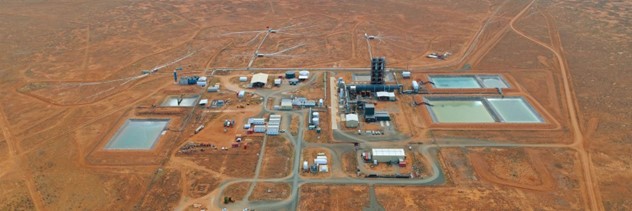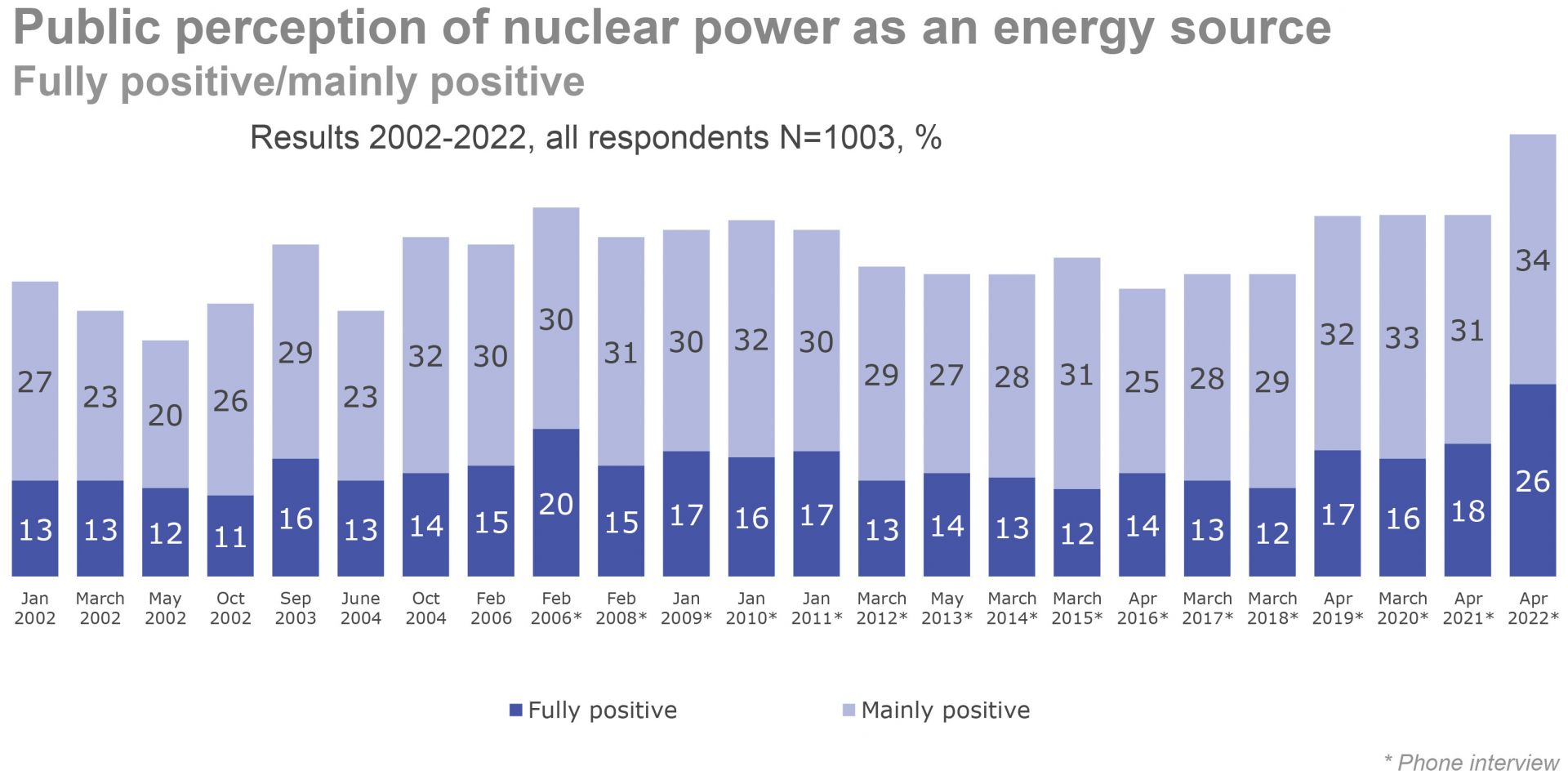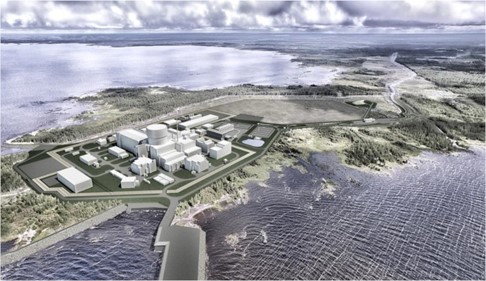Mersin Province (in red) in Turkey. (Image: TUBS)
While commissioning began earlier this year at Turkey’s first nuclear plant, new reports say the project is delayed by sanctions against Russia due to its military invasion of Ukraine.
The Zaporizhzhia nuclear power plant. (Photo: Energoatom)
An official from Russia’s state-owned nuclear power company Rosatom said this week that there are no current plans to reopen the Zaporizhzhia nuclear power plant in Ukraine.
A model of the Akkuyu nuclear power plant in Mersin, Turkey. (Image: VOA)
The first unit at Akkuyu, Turkey’s first nuclear power plant, has begun the commissioning process. The goal is that the plant will begin supplying energy to the nation next year, according to Rosatom, Russia’s state atomic energy corporation.
The Belarusian nuclear plant. (Photo: Rosatom)
The second of the two VVER-1200 pressurized water reactors at Belarusian, the sole nuclear power plant in Belarus, has entered commercial operation, Russia’s state-owned atomic energy corporation Rosatom announced last week.
Egyptian and Russian officials inaugurate construction of El Dabaa-3 on May 3. (Photo: Nuclear Power Plants Authority)
The main construction phase for Unit 3 at Egypt’s El Dabaa nuclear power plant project has begun, Russia’s state-owned nuclear energy corporation Rosatom announced last week.
Various officials (back row) look on at the fuel supply contract signing in Sofia, Bulgaria. Front row, from left: Angie Darkey, Uranium Asset Management’s managing director; Boris Schucht, Urenco CEO; Tim Gitzel, Cameco president and CEO; and Aziz Dag, Westinghouse senior vice president of global BWR & VVER fuel business.
Canada’s Cameco and U.K.-based Urenco last week jointly announced the signing of agreements to become part of a Westinghouse-led fuel supply chain for Bulgaria’s Kozloduy nuclear power plant. (Also included in the partnership is Uranium Asset Management.)
This chart from the EIA shows sources of uranium for U.S. nuclear power plants, 1950-2021. In 2020, according to the chart, 39.60 million pounds of uranium oxide was imported for the domestic nuclear power plant fleet. (Credit: Energy Information Agency)
The naturalist John Muir is widely quoted as saying, “When we try to pick out anything by itself, we find it hitched to everything else in the Universe.” While he was speaking of ecology, he might as well have been talking about nuclear fuel.
At the moment, by most accounts, nuclear fuel is in crisis for a lot of reasons that weave together like a Gordian knot. Today, despite decades of assertions from nuclear energy supporters that the supply of uranium is secure and will last much longer than fossil fuels, the West is in a blind alley. We find ourselves in conflict with Russia with ominous implications for uranium, for which Russia holds about a 14 percent share of the global market, and for two processes that prepare uranium for fabrication into reactor fuel: conversion (for which Russia has a 27 percent share) and enrichment (a 39 percent share).
At Bangladesh’s Rooppur plant, a Liebherr-11350 heavy caterpillar crane raises the reactor vessel to Unit 2’s transportation portal. (Photo: Rosatom)
In case anyone forgot, Russia can build nuclear power plants, not just occupy them—as discussed a week ago on Newswire. Last week in Bangladesh, workers completed the installation of the reactor pressure vessel (RPV) for the second unit at the Rooppur construction site.
The Zaporizhzhia nuclear power plant.
The International Atomic Energy Agency’s board of governors has adopted a resolution calling for an immediate end to the Russian occupation of Ukraine’s Zaporizhzhia nuclear power plant. According to a report from Reuters, the 35-member board voted 26–2 yesterday in favor of the resolution, with seven abstentions. The two “no” votes were cast, unsurprisingly, by Russia and China, while abstentions came from Burundi, Egypt, India, Pakistan, Senegal, South Africa, and Vietnam.
A digital rendering of Egypt’s El Dabaa plant. (Image: Nuclear Power Plants Authority)
Korea Hydro and Nuclear Power (KHNP) has signed a contract with Atomstroyexport JSC—the engineering division of Russia’s Rosatom—to build the turbine islands for Egypt’s El Dabaa nuclear power plant, construction of which commenced just last month with the pouring of first concrete.
IAEA director general Rafael Mariano Grossi (center) with his team of nuclear safety, security, and safeguards experts at the Vienna International Airport on August 29, prior to their departure for Ukraine’s Zaporizhzhia nuclear power plant. (Photo: Dean Calma/IAEA)
After months of urgent entreaties to both the Ukrainian and Russian governments to allow the International Atomic Energy Agency access to the embattled Zaporizhzhia nuclear plant, IAEA director general Rafael Mariano Grossi yesterday set off for the facility, accompanied by a team of nuclear security, safety, and safeguards experts.
Turkey’s Akkuyu-1 receives its polar crane. (Photo: Akkuyu Nuclear)
Akkuyu Nuclear, the Ankara-based Rosatom subsidiary established to manage Turkey’s Akkuyu nuclear plant project, has announced the successful mounting of the Unit 1 polar crane. The operation was carried out using a Liebherr LR 13000 crane and took approximately four hours, according to Akkuyu Nuclear.
Also referred to as a circular bridge crane, the polar crane operates on a circular runway located near the spring line of the containment building. It is used for a wide range of loading and lifting tasks within containment, including reactor-head removal/replacement and fuel loading/unloading.
A construction permit was issued for the first of four proposed reactors at Egypt’s El Dabaa site, about 185 miles northwest of Cairo. (Image: Wikipedia)
The Egyptian Nuclear and Radiological Regulation Authority (ENRRA) recently issued the construction permit for the first of four proposed Russian-designed and -supplied reactors at Egypt’s El Dabaa site, located on the Arab nation’s Mediterranean coast, about 185 miles northwest of Cairo.
An application for the permit was submitted by Egypt’s Nuclear Power Plants Authority (NPPA)—the public entity charged with operating the plant—in June of last year.
The Honeymoon uranium project in South Australia. (Photo: Boss Energy)
The board of Boss Energy Limited has made a “final investment decision” to develop the Honeymoon in situ uranium project in Australia, the Perth-based company announced last week. Boss said it will now accelerate engineering, procurement, and construction to ensure that Honeymoon—located in South Australia, near the border with New South Wales—remains on track for first production by December 2023, ramping up to a steady-state rate of 2.45 million pounds of U3O8 per year.
An artist’s rendering of the Hanhikivi plant. (Image: Rosatom)
Finnish energy company Fennovoima has terminated, effective immediately, its engineering, procurement, and construction (EPC) contract with RAOS Project Oy, a subsidiary of Russia’s Rosatom, for the delivery of a 1,200-MWe VVER-1200 pressurized water reactor at the Hanhikivi site in Finland’s Pyhäjoki municipality.



